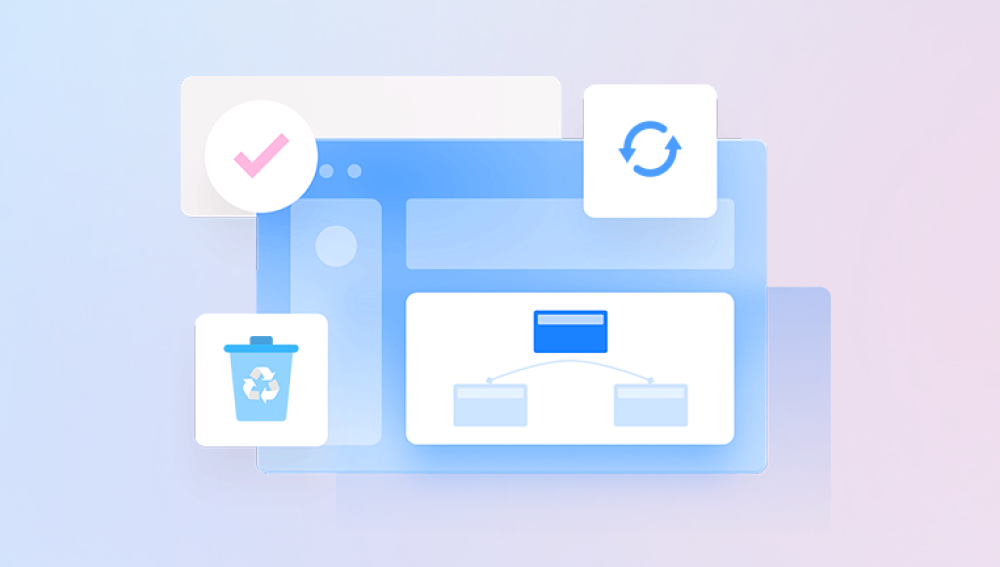Yes, it is possible to recover data from the Recycle Bin, provided that it hasn't been permanently deleted by emptying the bin. When you delete a file, it is typically moved to the Recycle Bin, which serves as a temporary storage area for deleted files, allowing for easy recovery if you change your mind. Here’s a step-by-step guide on how to recover data from the Recycle Bin in Windows 11:
Open the Recycle Bin:
Locate the Recycle Bin icon on your desktop. Double-click it to open.
Find the Deleted Files:
Browse through the files in the Recycle Bin to find the one(s) you wish to recover. You can use the search bar at the top right of the window if you remember the name of the file.
The most professional Drecov Data Recovery software can achieve all the file recovery you need, from the recycle bin, USB drive, to hard drive.
https://recovery.pandaoffice.com/

Restore the Files:
Once you locate the files you want to recover, right-click on each file and select Restore. This will return the files to their original location.
If the Recycle Bin Has Been Emptied
If you have emptied the Recycle Bin or permanently deleted files (e.g., using Shift + Delete), recovering the files becomes more challenging but not impossible. Here are the steps you can take:
Immediate Actions
Stop Using the Affected Drive:
To maximize the chances of recovery, avoid using the drive from which the files were deleted. This prevents new data from overwriting the space where the deleted files are stored.
Using File History
If you have enabled File History, you can restore previous versions of your files:
Open File Explorer and navigate to the folder where the deleted files were stored.
Right-click on the folder and select Properties.
Go to the Previous Versions tab.
Select a version before the deletion and click Restore.
Using Backup and Restore
If you had set up Windows Backup and Restore:
Open Control Panel.
Navigate to System and Security > Backup and Restore (Windows 7).
Click Restore my files and follow the instructions.
Using Third-Party Data Recovery Software
If you didn’t have any backup features enabled, you can use data recovery software. Some of the most effective tools include:
Recuva
Download and Install Recuva: Avoid installing it on the drive you’re trying to recover data from.
Launch Recuva and follow the wizard to select the file types and the drive to scan.
Scan: Start the scan to search for deleted files.
Recover: Select the files you want to recover and save them to a different drive.
Disk Drill
Download and Install Disk Drill from the official website, on a different drive.
Launch Disk Drill and select the drive to scan.
Scan: Perform a deep scan to locate deleted files.
Review and Recover: Select the recoverable files and save them to a different location.
Professional Data Recovery Services
If software recovery fails or the data is extremely important, consider professional data recovery services. These services can be costly but are often able to recover data from severely damaged or corrupted drives.
Prevention Tips
To avoid future data loss:
Regular Backups: Use Windows Backup, File History, or third-party solutions.
Cloud Storage: Utilize cloud services like OneDrive, Google Drive, or Dropbox.
Antivirus and Anti-malware: Protect your system from malicious software.
Disk Health Monitoring: Use tools to monitor the health of your hard drives.
While recovering files from an emptied Recycle Bin is more challenging, it’s often possible with the right tools and immediate action. The key to successful data recovery is to stop using the affected drive to prevent data overwriting. Using built-in Windows tools, third-party software, or professional services can help recover your lost files. To prevent future incidents, regularly back up your data and use cloud storage solutions.




